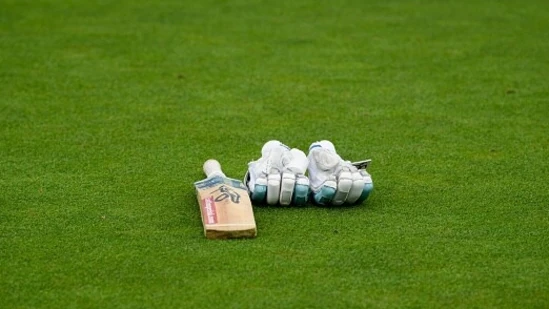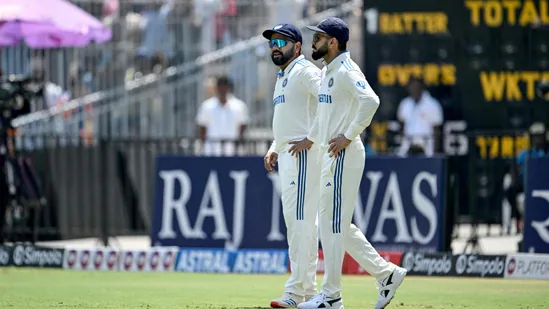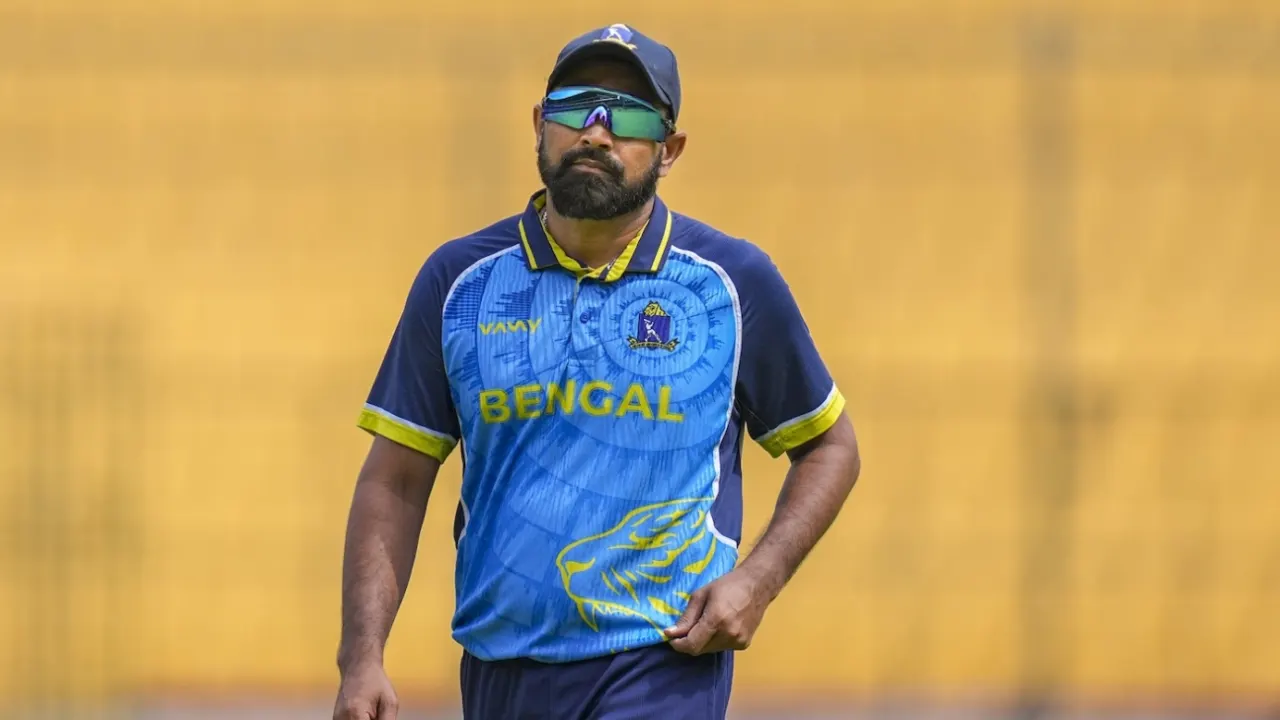Commanding Display: Henry and NZ Master Wellington's Wind
On a chilly day in Wellington, the Antarctic wind sweeping in from the south, New Zealand's advantage on their home turf seemed to give them the edge in their victory. Matt Henry believes that his impressive performance of 4 for 19 played a significant role in demolishing Sri Lanka's batting order. Opting to bowl first on a pitch that favored the bowlers, New Zealand quickly rolled over Sri Lanka for a meager 178 runs. In contrast, Sri Lanka's seamers failed to apply the same level of pressure, allowing New Zealand to secure a comfortable nine-wicket victory in just 27 overs.

Though this is midsummer in New Zealand, the temperature was around 15 degrees Celsius in the morning. And as almost always at the Basin Reserve, there was an end at which the bowlers had to work against a substantial wind. New Zealand understood how to harness these conditions, Henry said.
Related
Henry, Young give New Zealand thumping win in series opener
"It's probably about understanding ends," he said. "The wind plays a huge part here at the Basin. That's the home advantage - knowing what it looks like to attack from both ends, and using the bounce that's usually available here as well. Thankfully we were able to force some errors and take some wickets."
The first ten overs, at the end of which New Zealand had Sri Lanka 23 for 4, were the definitive period of this match. Henry claimed the first wicket - that of Pathum Nissanka - and Jacob Duffy and Nathan Smith also took wickets in their first spells.
Jacob Duffy knocked over Kusal Mendis in the first powerplay
•
Getty Images
"The way we started with the ball, we were able to create pressure at both ends, and take wickets throughout, which is our key objective as a bowling group," Henry said. "Any time you get the new ball you want to have an impact on the game. It's nice to have that success, but you don't have that without the guys doing the job at the other end as well. Starting with the new ball down-breeze, the way Duffy started and Smith as well - that's how chances come as well. I thought it was a great team performance."
New Zealand also produced an outstanding fielding effort, with Mark Chapman in particular electric in the point region. The highlight of the fielding performance, however, was Mitchell Santner swooping on a ball from cover to fire in an underhand throw as he dived forward, to hit the single stump he had to aim at. This ran out Kamindu Mendis in the 10th over.
"We pride ourselves on our fielding," Henry said. "With these windy conditions, you can get lost out there. The engagement was brilliant, and we were taking our chances when they came. To have a run-out in the first 10 overs through Mitch Santner, with a great bit of fielding, it really puts a team under pressure and puts momentum in your favour. Little moments like that have a huge impact on the game."
Henry himself has entered a new phase in his career - one in which he makes all three New Zealand teams. For much of the last 10 years, he'd been in the shadows of the likes of Tim Southee, Trent Boult, and Neil Wagner. With all three now retired, Henry is the senior-most bowler around.
"It's great to have that continuity. Playing for New Zealand in all forms is something I've wanted to do. I've been involved with this group for 10 years now. I love playing for New Zealand."
And though playing all three formats could pose fresh challenges to a fast bowler's body, Henry is unconcerned.
"That's the beauty of the strength and conditioning coach, who does a great job. We play all year round now, and it's something that I've always done. I've played a lot of county cricket as well. It's probably about understanding your body and how to stay fresh."
RELATED STORIES


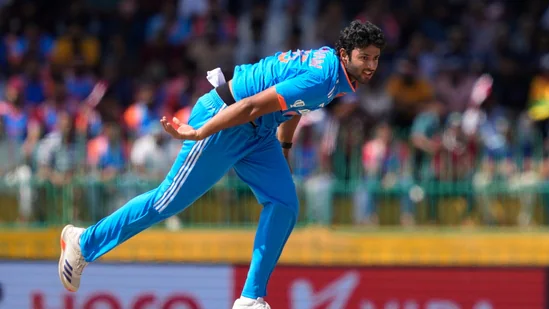


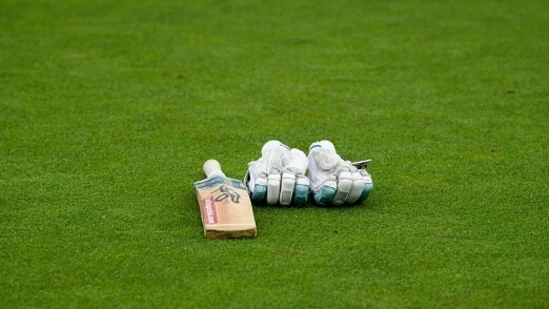
LATEST NEWS


